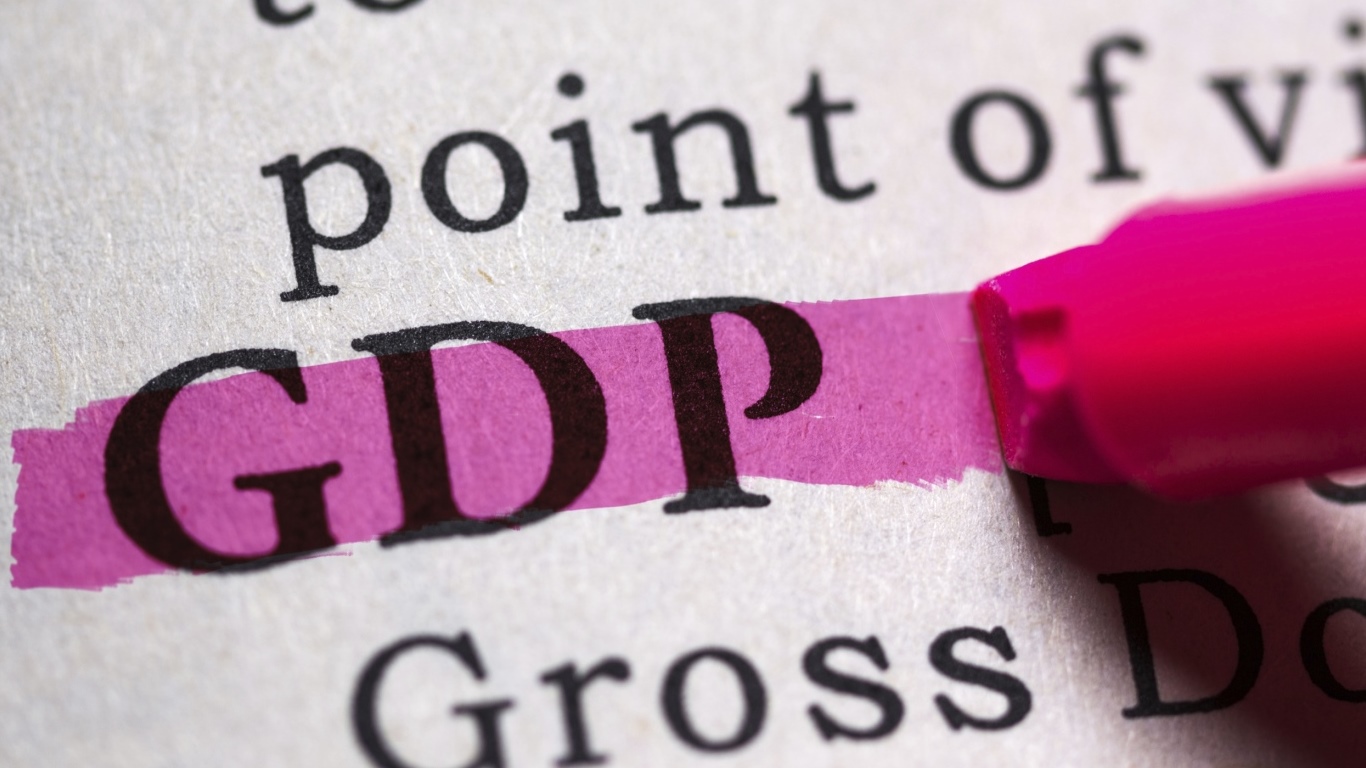Economy
US GDP Forecast Little-Changed as Fed Adopts New Policy on Interest Rates

Published:

U.S. gross domestic product improved somewhat, according to the second estimate from the U.S. Bureau of Economic Analysis (BEA), released Thursday morning. After an all-time record contraction of 32.9% in the advance estimate for second-quarter GDP reported last month, the second-estimate shows a second-quarter decline of 31.7% in real (inflation-adjusted) GDP. Economists had forecast a decline of 32.9% in the annual rate.
In the first quarter of this year, U.S. GDP declined at an annual rate of 5.0%.
The drop reflected Americans’ response to stay-at-home orders announced in March and April, together with the effect of federal assistance payments to taxpayers and millions of unemployed workers. The BEA noted that the full effects of the COVID-19 pandemic cannot be carved out of the agency’s second-quarter estimate because “the impacts are generally embedded in source data and cannot be separately identified.”
Disposable personal income rose from $16.7 trillion in the first quarter to $18.3 trillion in the second quarter. But Americans have increased their personal savings from $1.6 trillion in the first quarter to $4.8 trillion in the second. The personal savings rate rose from 9.6% in the first quarter to 26.0% in the second, up from the advance estimate of 25.7%.
The personal consumption expenditure index improved slightly from down 1.9% in the first quarter to down 1.8% in the second.
Despite the woeful news, equity prices were up following a speech this morning from Fed Chair Jay Powell. The Fed now expects to permit inflation to run higher than its 2% target in an effort to make up for the effects of deflation during economic contractions such as the COVID-19 pandemic. Essentially this means low interest rates for longer, perhaps a lot longer.
In practice, this means the Fed will more or less ignore its full-employment mandate in an effort to return prices to a level that they might have reached if there had been no pandemic. Powell said, “It reflects our view that a robust job market can be sustained without causing an outbreak of inflation.”
Market analysts had expected the announcement, so equity indexes showed only modest gains.
The Dow Jones industrials were up about 0.8% at 28,568.82 and the S&P 500 traded up about 0.4% at 3,491.42. Only the Nasdaq Composite was lower, and that by less than 0.1% to 11,657.13.
Credit card companies are pulling out all the stops, with the issuers are offering insane travel rewards and perks.
We’re talking huge sign-up bonuses, points on every purchase, and benefits like lounge access, travel credits, and free hotel nights. For travelers, these rewards can add up to thousands of dollars in flights, upgrades, and luxury experiences every year.
It’s like getting paid to travel — and it’s available to qualified borrowers who know where to look.
We’ve rounded up some of the best travel credit cards on the market. Click here to see the list. Don’t miss these offers — they won’t be this good forever.
Thank you for reading! Have some feedback for us?
Contact the 24/7 Wall St. editorial team.